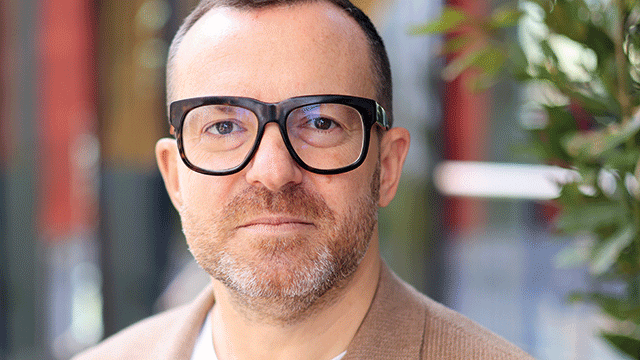ESG must be considered holistically – and so must real estate’s response
COMMENT Although the term ‘ESG’ has only achieved widespread recognition in recent years, it formalises themes and topics that I and many others within our industry have been grappling with for most of our careers.
It’s understandable that conversations around ESG originally grew out of concerns about the “E” – after all, thriving societies and exemplary governance are far less likely to be possible when the threat from climate change is so real. But we must consider ESG in the round, rather than over-focusing on individual elements and using it as shorthand for “saving the environment”.
The “S” encourages investors and developers to respond to important questions around social inclusion and their impact on health and wellbeing, while the “G” helps organisations remain accountable and effectively measure, monitor, and improve their performance.
COMMENT Although the term ‘ESG’ has only achieved widespread recognition in recent years, it formalises themes and topics that I and many others within our industry have been grappling with for most of our careers.
It’s understandable that conversations around ESG originally grew out of concerns about the “E” – after all, thriving societies and exemplary governance are far less likely to be possible when the threat from climate change is so real. But we must consider ESG in the round, rather than over-focusing on individual elements and using it as shorthand for “saving the environment”.
The “S” encourages investors and developers to respond to important questions around social inclusion and their impact on health and wellbeing, while the “G” helps organisations remain accountable and effectively measure, monitor, and improve their performance.
Each topic is distinct yet clearly connected, so when considered as a whole, the ESG framework offers investors a valuable tool for creating better places to live and work – while simultaneously delivering financial value over the long-term.
Patient capital
At Legal & General, we assess all investments through an ESG lens. The biggest issue facing Britain today is how we build greater economic growth, regenerating towns and cities to improve people’s lives in a way that is sustainable for communities and our environment, in a responsible and inclusive way. Within L&G, we call this “inclusive capitalism”; it is an approach that filters through everything we do, from pensions to insurance to development.
In Legal & General Affordable Homes, we are investing long-term, patient capital into the delivery of great quality, affordable and sustainable homes from which our customers can build better futures. To date we have invested £2bn into affordable housing. I believe that enabling positive social outcomes for our residents starts with a well-designed, energy efficient and affordable home. We have recently developed a framework to help us assess and balance the various social, economic and environmental impacts associated with our developments. One area is looking at the case for retrofitting existing homes rather than always building new – again, the benefits of this need to be considered holistically, including embodied carbon, for example.
The question of frameworks is an interesting one, since no standardised guidance currently exists for measuring ESG within real estate. Though a common reporting system may be developed in time, work still needs to be done to ensure such frameworks are fit for purpose and are people-centred, rather than data-driven. So what are individual firms and the industry as a whole to do in the meantime?
Collective solutions
Given the nature of the wide-ranging ESG challenges we collectively face, it’s clear that functioning in isolation no longer makes sense. ESG must be considered holistically – and so must the real estate industry’s response to the challenges society faces.
That’s why I’m proud to be the current chair of the Urban Land Institute UK. As a peer-to-peer network rather than a campaigning organisation, we don’t lobby government. Instead, through the generosity and commitment of our members, we focus on pooling data and resources, exchanging insights and developing a culture of collaboration through which our members can share best practice and information.
Our recent reports include Zooming in on the “S” in ESG: A Roadmap for Social Value in Real Estate. Following a detailed review of current industry initiatives to help the real estate industry decarbonise the built environment, we’re now calling on members to support the built environment in Europe on its urgent journey to carbon neutrality through our flagship Fast-track to Decarbonisation project.
We’ve seen huge appetite among our members to dive deeper into ESG, which is why our UK annual conference on 5 July will look ahead to ESG 2030 and the future of sustainable real estate. We’ll be focusing on key areas such as governance and funding, social value and social implications, the use of technology and how to align sustainable ambitions to achieve better environmental standards.
I believe that ESG represents the most pressing issue of our time for corporate real estate, and there’s never been a better moment to come together around the questions and challenges so we can collectively find solutions, establish best practice, and drive innovation.
Anette Simpson is chair of ULI in the UK and director of development and partnerships at Legal & General Affordable Homes
Photo: ULI











